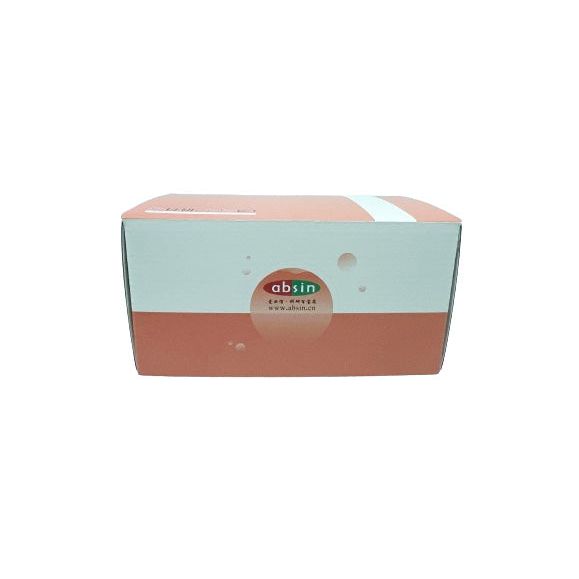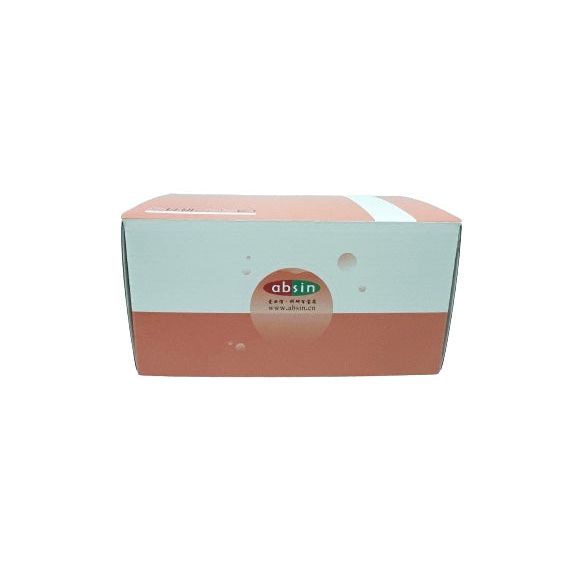Product Details
Product Details
Product Specification
| Usage |
1. Primary (1) The extracted tissue must be placed in a pre cooled (2-8° C) tissue preservation solution E sampling bottle, quickly transported to a clean laboratory for tissue treatment and cell separation, photographed, and registered with information<(2) Prepare several culture dishes and add 4 ℃ pre cooled primary culture buffer B for later use<(3) Disinfect the sampling bottle, place the tissue in a culture dish, clean it three times with primary culture buffer B, and then use an ophthalmic scissors or surgical knife to cut the tissue into tissue blocks with a volume of approximately 1-3mm<(4) The tissue was digested with the digestion solution C of the primary tissue of the porcine endometrium, and shaken at 37 ℃ for 10-20 minutes (the digestion process was observed at any time)<(5) Take a small amount of liquid and observe under a microscope. After observing a large number of individual cells or cell clusters below 70um, add three times the volume of primary culture buffer B to terminate digestion<(6) Filter using a 100um pore sieve, collect the filtrate, concentrate and centrifuge at 300g for 5 minutes, remove the supernatant, add primary culture buffer B, and resuspend and centrifuge (7) Matrix adhesive calculation: After step 6, observe the collected tissue volume and add 25 times the tissue volume of matrix adhesive (ABS9495) to resuspend the board (1) Pipette the culture medium and add 1-2ml of 4 ℃ organ like passage culture buffer G to each well for 2 minutes<(2) Gently blow the matrix adhesive with a pipette, collect it in a 15ml centrifuge tube, and let it stand at 4 ℃ for 10 minutes. (Each 6-8 wells is a group) (3) a: If the number of organoids is insufficient or the volume is small, centrifuge for 5 minutes to discard the supernatant. Add an appropriate amount of organoid passage culture buffer G and resuspend it into a 1.5ml centrifuge tube. Centrifuge for 5 minutes to discard the liquid and proceed to step 4  & Nbsp& Nbsp& Nbsp& Nbsp; b: When the number of organoids is large or the volume is large: centrifuge for 5 minutes to discard the supernatant, add an appropriate amount of organoid passage digestion solution D for 2-3 minutes, add organoid passage culture buffer G to terminate digestion, centrifuge for 5 minutes to discard the mixture, add an appropriate amount of organoid passage culture buffer G and resuspend into a 1.5ml centrifuge tube, centrifuge for 5 minutes to discard the liquid for step 4 (1) Pipette the culture medium and add 1-2ml of 4 ℃ organ like passage culture buffer G to each well for 2 minutes<(2) Gently blow the matrix adhesive with a pipette, collect it in a 15ml centrifuge tube, and let it stand at 4 ℃ for 10 minutes. (Each 6-8 wells is a group) (3) Centrifuge for 5 minutes to discard the supernatant, add an appropriate amount of organoid passage culture buffer G, and resuspend again. Centrifuge for 5 minutes at 300g to discard the liquid (4) Add an appropriate amount of organoid cryopreservation solution F, gently blow and resuspend, taking a 24 well cell culture plate as an example: the density is 2 wells, and one tube is frozen, with a volume of 1.4ml per tube (5) Mark the information properly, cool down the program, and then transfer it to liquid nitrogen for long-term storage 4. Organ like resuscitation (1) Take 10ml of organ like passage culture buffer G and place it in a 15ml centrifuge tube<(2) Remove frozen organoid cells from a liquid nitrogen tank and quickly melt them in a 37 ℃ water bath |
||||||||||||||||
| Description | Composition:
|
||||||||||||||||
| Storage Temp. | 4 ℃, 3months; -20 ℃, 1 year, see the label for details |
Picture
Picture
Immunohistochemistry



